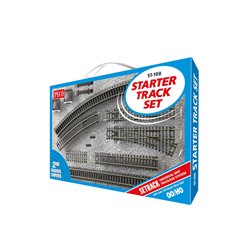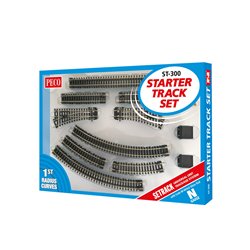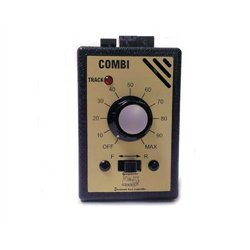Mainline Railways was a British model railway brand that operated between 1976 and 1983, introduced by Palitoy, the...
No products
Product successfully added to your shopping cart
There are 0 items in your cart. There is 1 item in your cart.
Search Tips
Open on Good Friday
The shop will be open on Friday 18th April.
Bring us some chocolate!
Is OO easier than N gauge for a beginner?
OO is definitely easier for handling especially for those of us with larger hands and fingers, but otherwise there is no real difference: they use the same controller, work in the same way and require the same amount of time.
If you are starting out and have limited space for a layout then N Gauge would be the ideal solution, regardless of having banana fingers.
The detail is very good on the engines, coaches, rolling stock and accessories. Although the range is slightly more limited than OO scale, you can create amazing layouts and have just as much fun building them.
OO scale would seem to be the scale of choice for a lot of model railway enthusiasts partly due to the size and partly due to the wider range of engines, coaches, rolling stock and accessories. This is even truer, if you take into consideration the wide range of HO accessories which are suitable for OO gauge (even if the scale if slightly smaller).
In conclusion, the main criterion is one of space: if you have limited space, you should definitely consider N gauge. If not, this is a matter of what you prefer.
Click here to receive the tips weekly in your mailbox. You can unsubscribe at any time.










